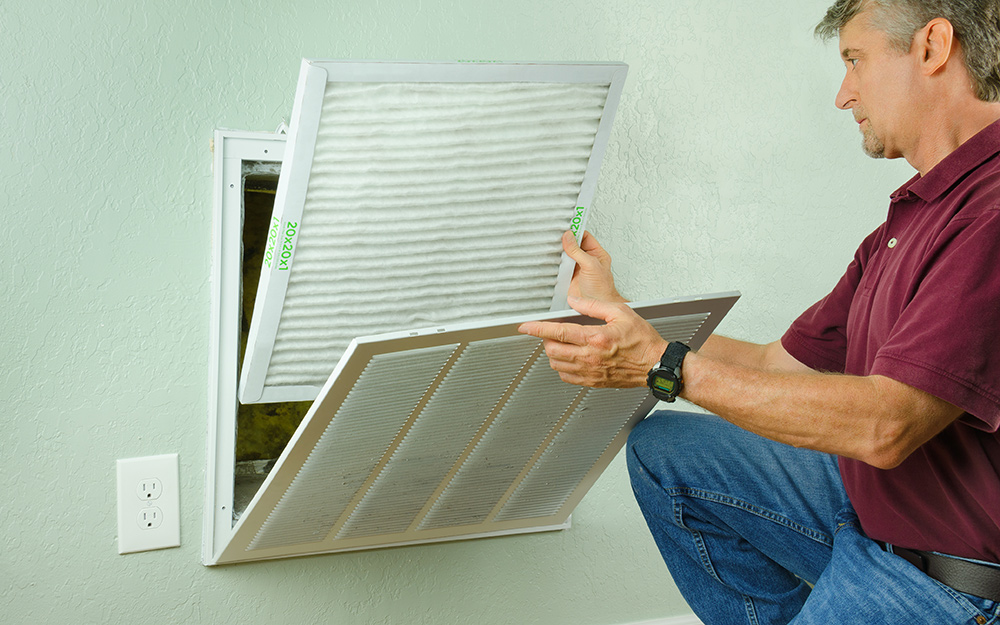Increasing Air Conditioning Myths Debunked: Separating Fact from Fiction

As temperatures rise, so do the myths and misconceptions surrounding air conditioning systems. In the digital age, where information spreads like wildfire, it's essential to separate fact from fiction to ensure that your HVAC system operates efficiently and effectively. In this article, we'll debunk some common air conditioning myths, providing clarity on how to optimize your system's performance and save on energy costs.
Myth 1: Lowering the Thermostat Temperature Cools the Room Faster
Explanation: This myth stems from a misunderstanding of how air conditioning systems operate. Regardless of the temperature set on the thermostat, the air conditioner works at a constant rate to cool the air in your home. Lowering the thermostat to an excessively low temperature doesn't speed up this process; it simply makes the system run longer, consuming more energy without providing any additional cooling benefits. In fact, it can result in unnecessary wear and tear on your HVAC unit and potentially lead to higher energy bills.
Myth 2: Closing Vents in Unused Rooms Saves Energy
Explanation: Many homeowners believe that closing vents in rooms they don't frequently use will redirect airflow to other areas of the house, thereby improving efficiency and reducing energy consumption. However, modern HVAC systems are designed to maintain a balanced airflow throughout the entire home. Closing vents disrupts this balance, causing pressure imbalances and potentially leading to duct leaks. It can also force the air conditioner to work harder to compensate for the restricted airflow, ultimately reducing its efficiency and lifespan.
Myth 3: Bigger Air Conditioners Are Better
Explanation: There's a common misconception that installing a larger air conditioning unit will provide better cooling performance, especially in larger homes or during extreme heat waves. However, oversized units can lead to a phenomenon known as short cycling. This occurs when the air conditioner rapidly turns on and off, unable to effectively dehumidify the air or maintain consistent temperatures. Short cycling not only reduces energy efficiency but also places unnecessary strain on the system's components, potentially leading to premature failure and costly repairs.
Myth 4: Ceiling Fans Cool the Room
Explanation: While ceiling fans do create a breeze that can make you feel cooler, they don't actually lower the temperature in the room. Instead, they circulate air, which enhances the body's natural cooling mechanisms by facilitating evaporation of sweat from the skin. This creates a perceived cooling effect, but it doesn't change the actual temperature of the air. It's important to note that ceiling fans only provide benefits when occupants are present to feel the airflow. Leaving fans on in unoccupied rooms wastes energy without providing any comfort benefits.
Myth 5: Regular Maintenance Isn't Necessary
Explanation: Some homeowners mistakenly believe that air conditioning systems only require attention when something goes wrong. However, regular maintenance is crucial for ensuring optimal performance, efficiency, and longevity of your HVAC equipment. During routine maintenance visits, HVAC technicians inspect and tune up the system, identifying potential issues before they escalate into costly repairs or breakdowns. Maintenance tasks such as cleaning the coils, lubricating moving parts, and checking refrigerant levels not only improve efficiency but also help prevent malfunctions and extend the lifespan of your air conditioner.
By understanding and debunking these common air conditioning myths, homeowners can make informed decisions to optimize their HVAC systems' performance, save energy, and enjoy a cool and comfortable indoor environment throughout the summer months.
Featured HVAC Contractors:
Big Wave Heating & Air Conditioning - California HVAC Contractor
AirGaard - Florida HVAC Contractor
Stark Mechanical LLC- Maryland HVAC Contractor